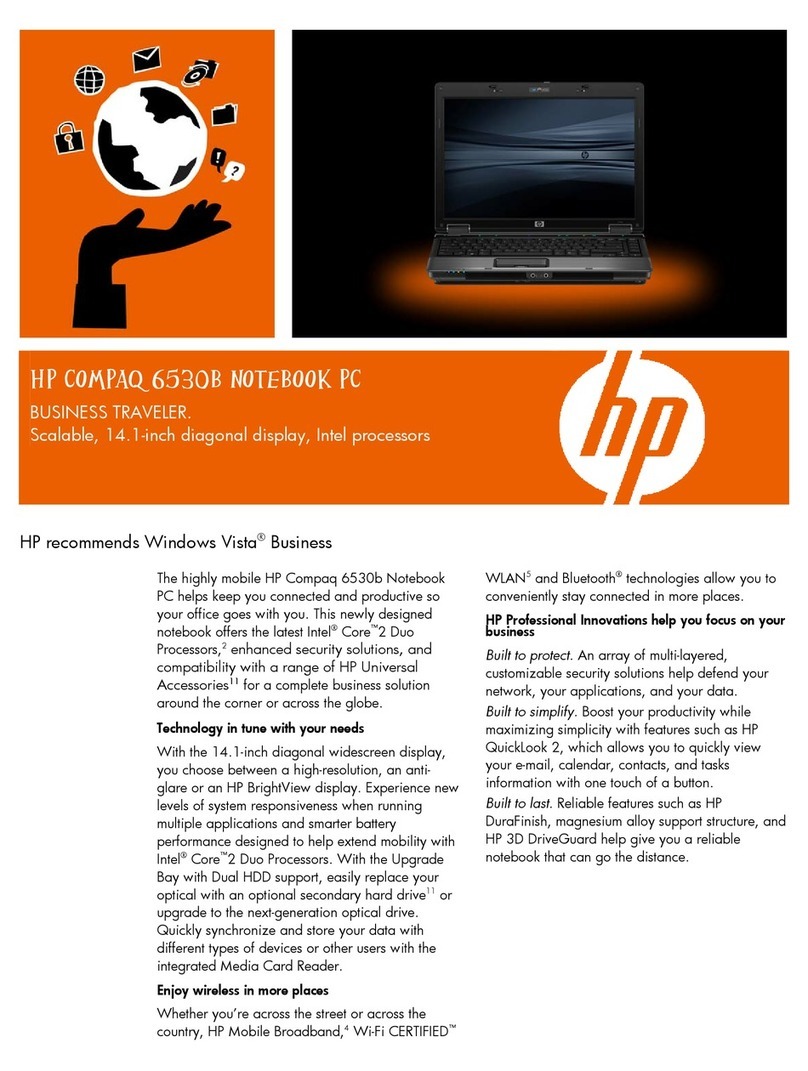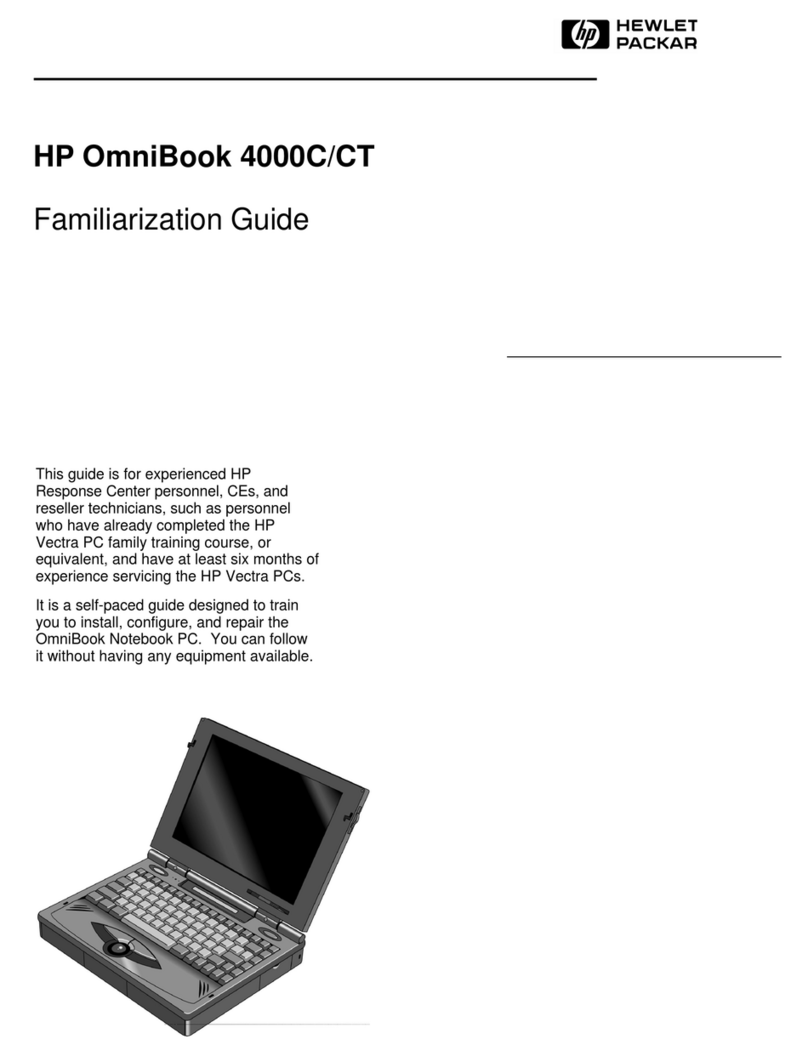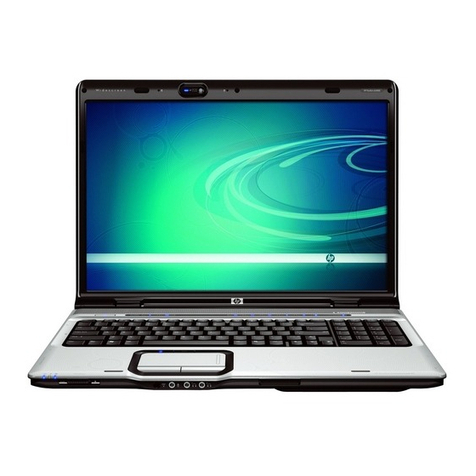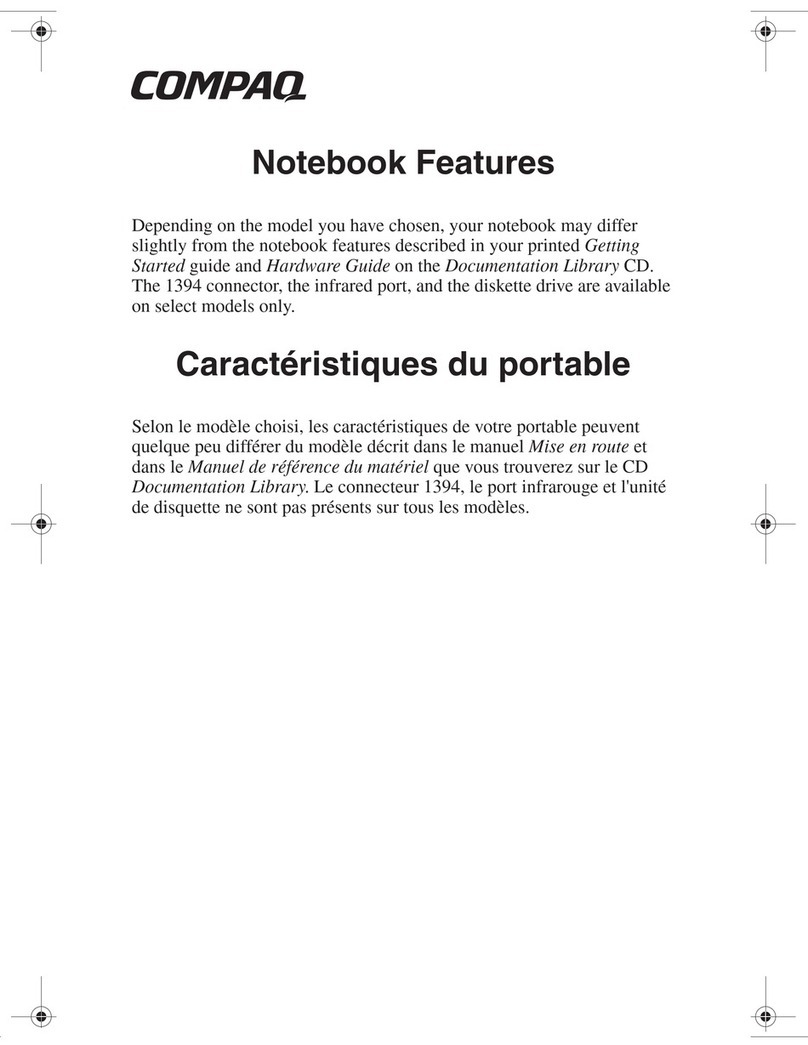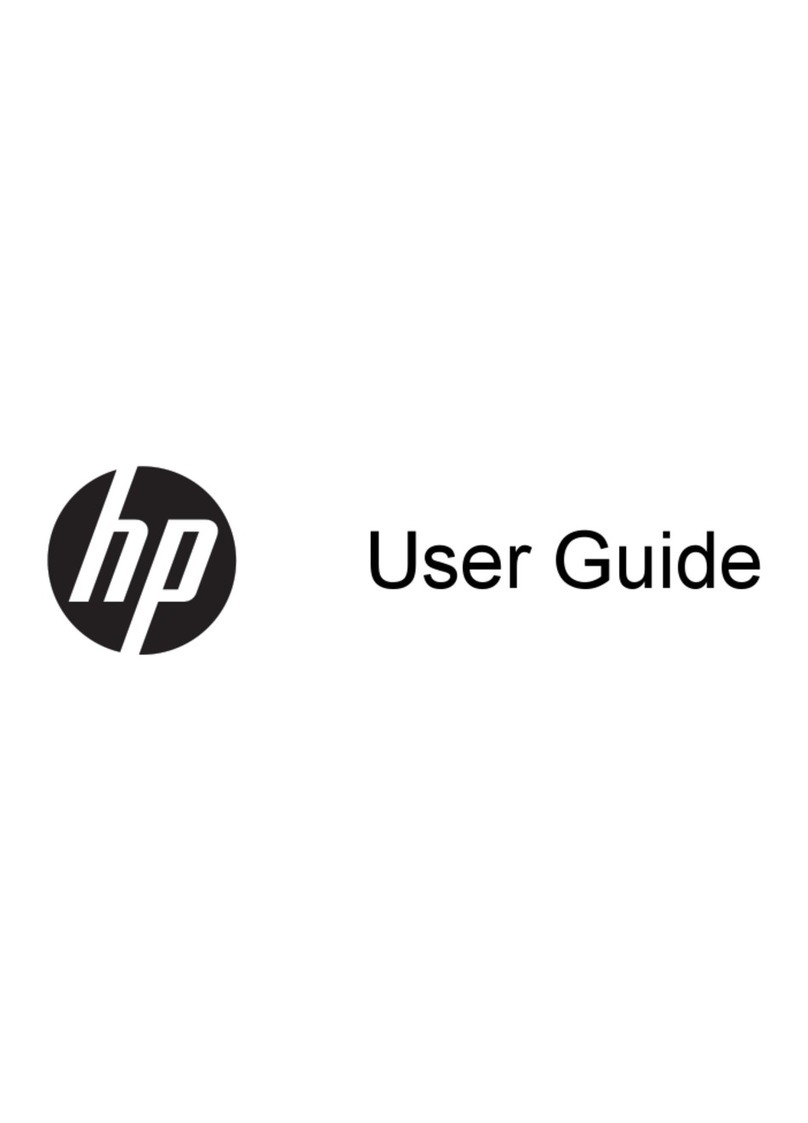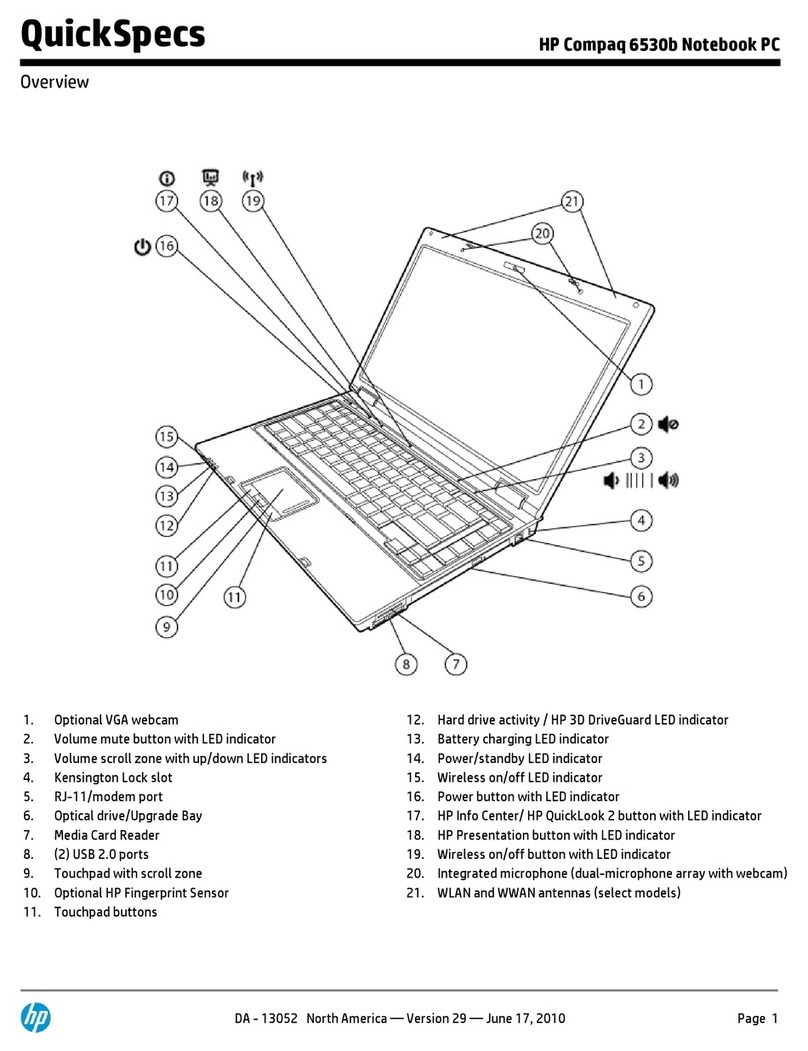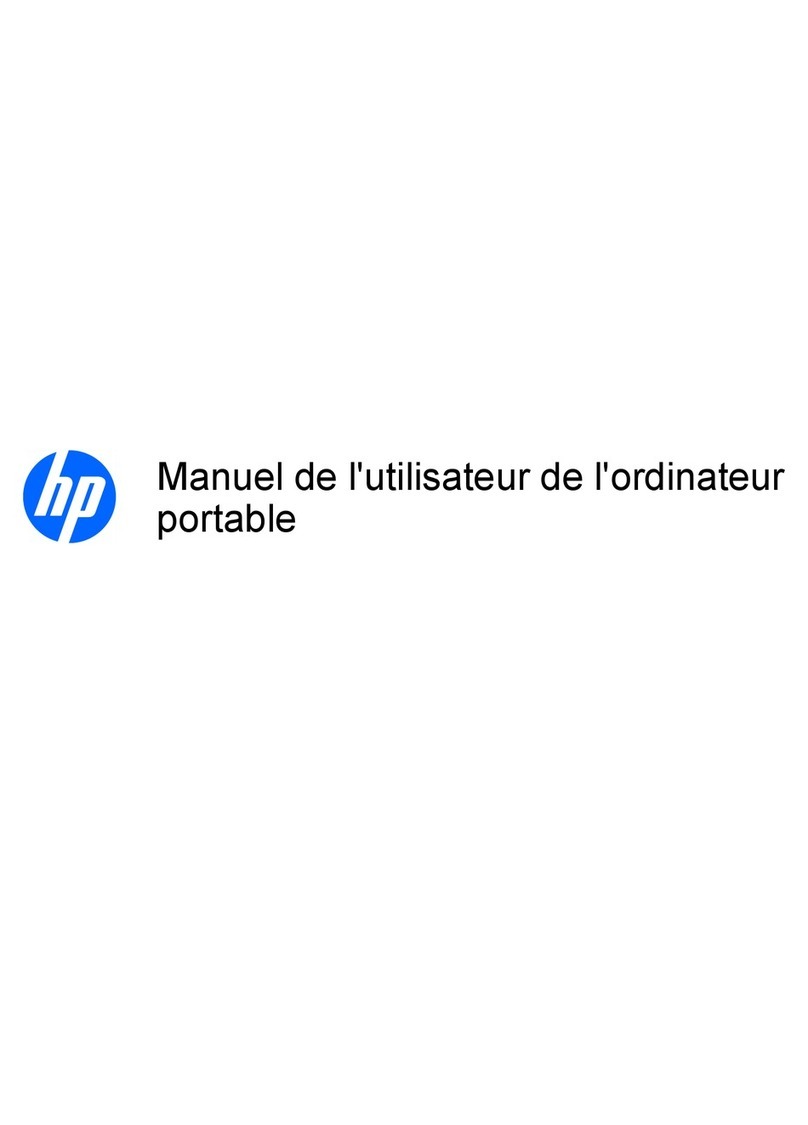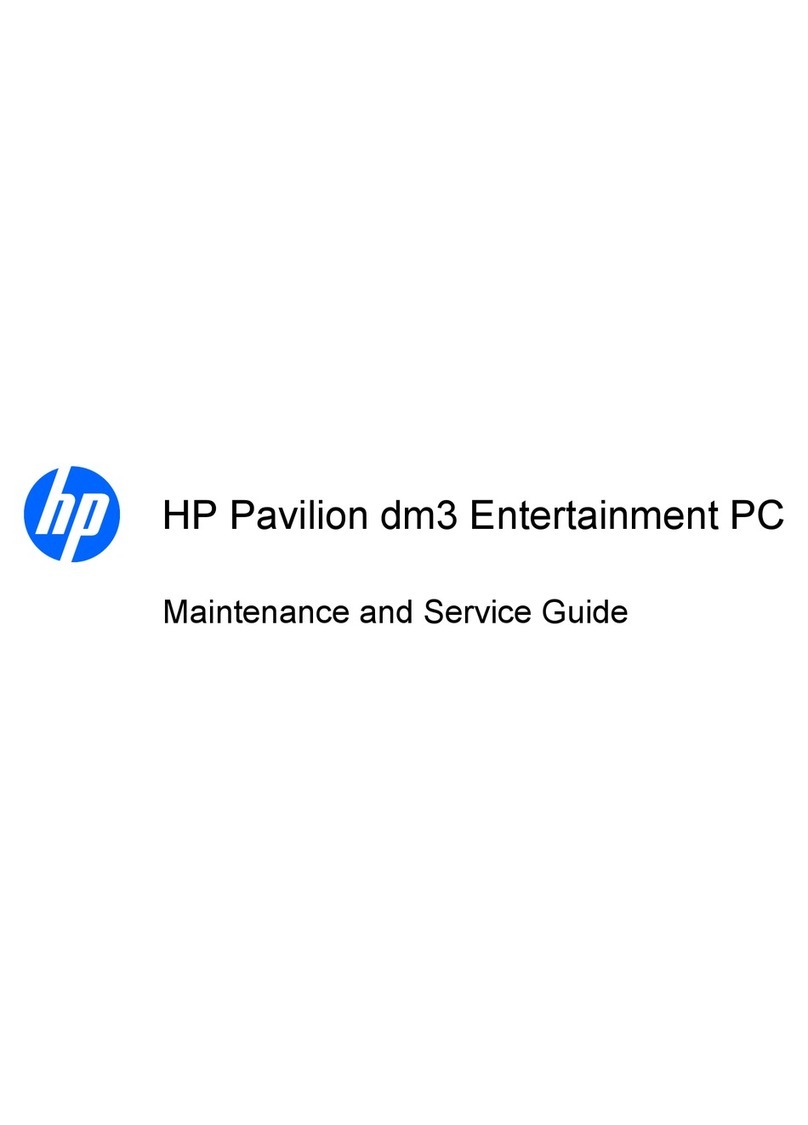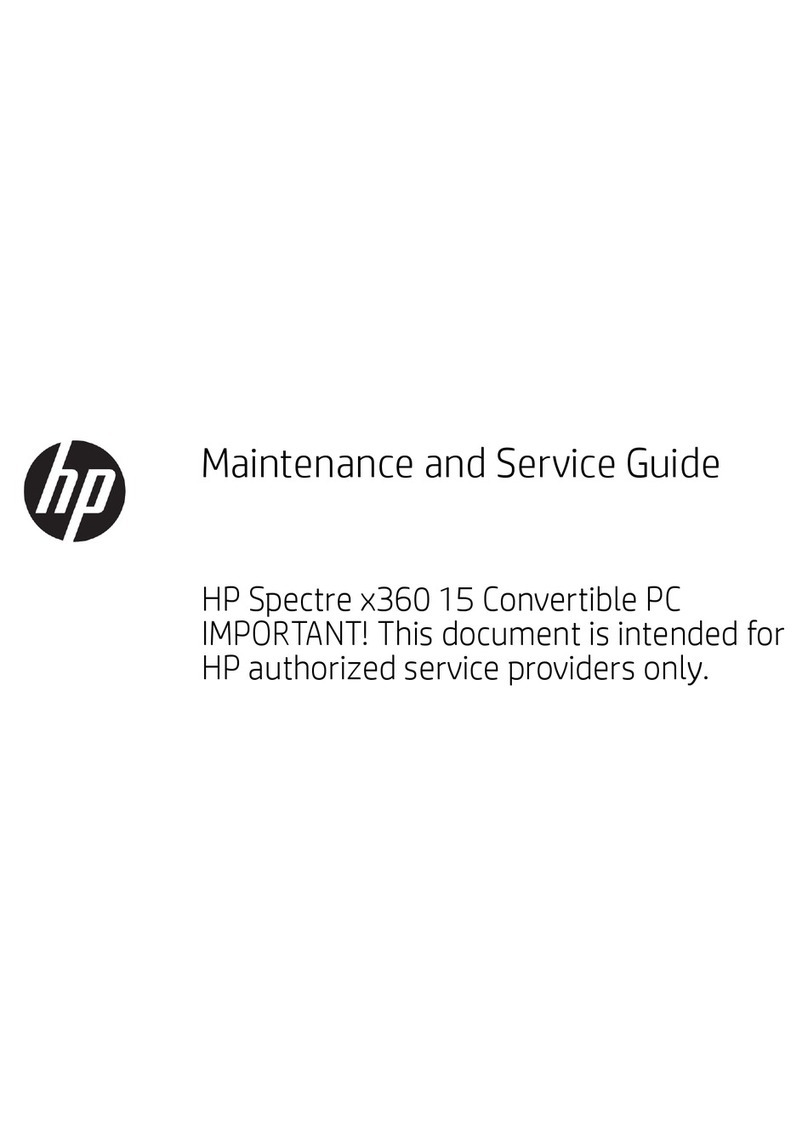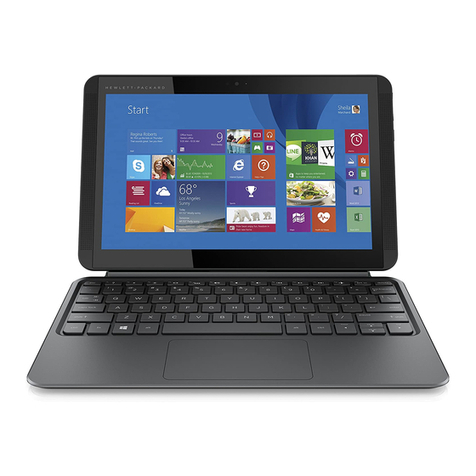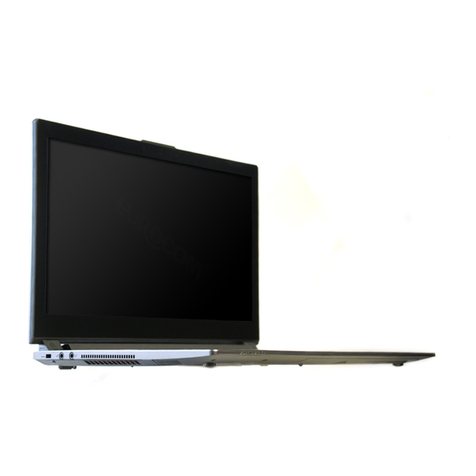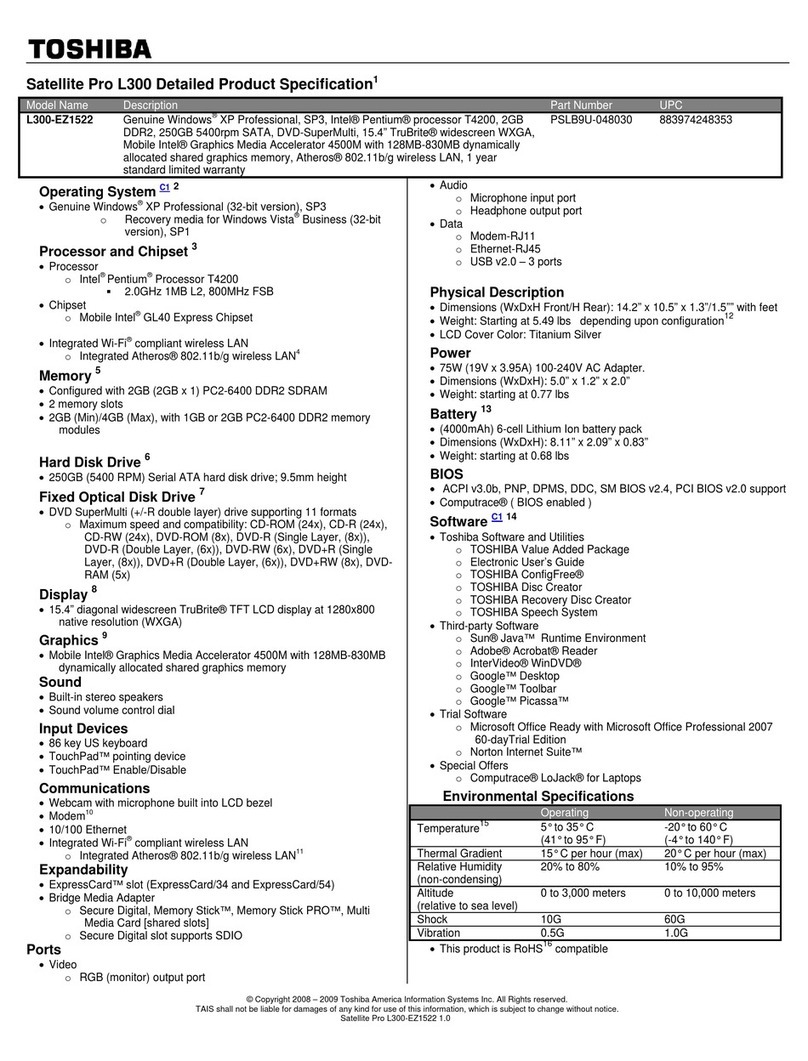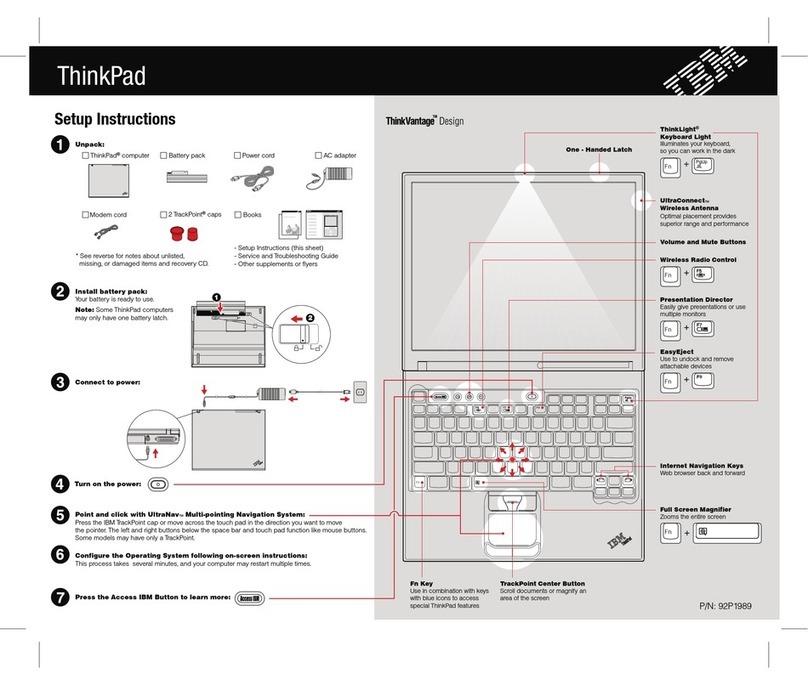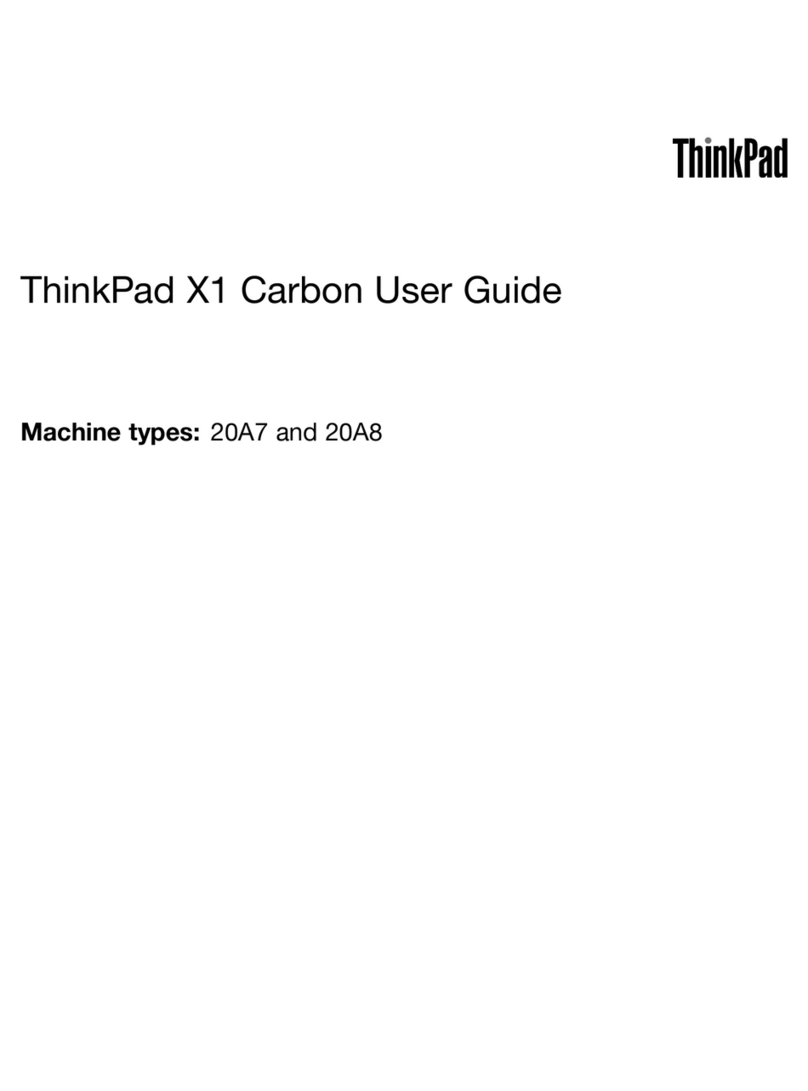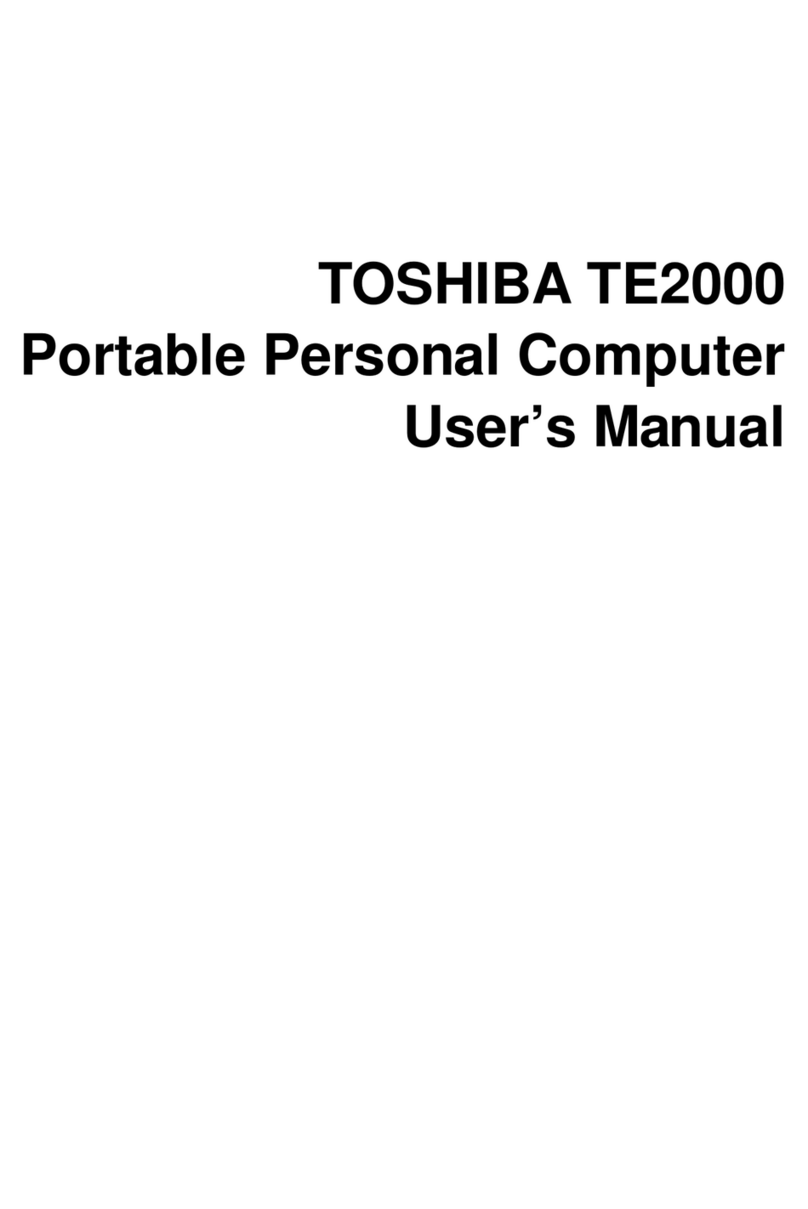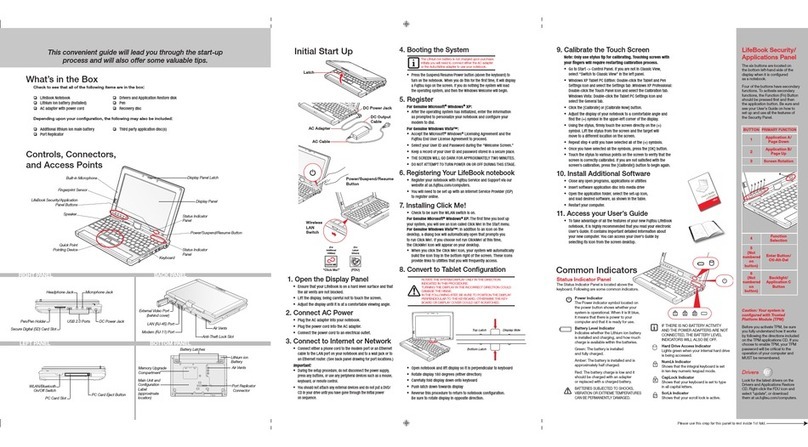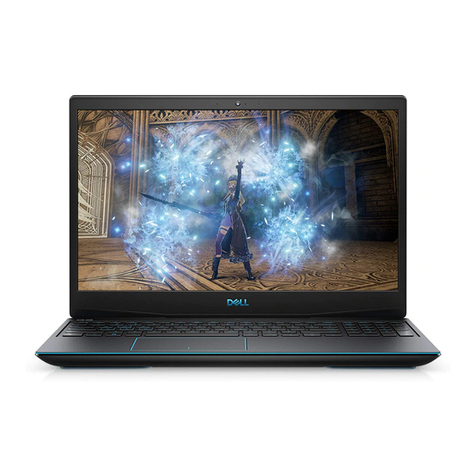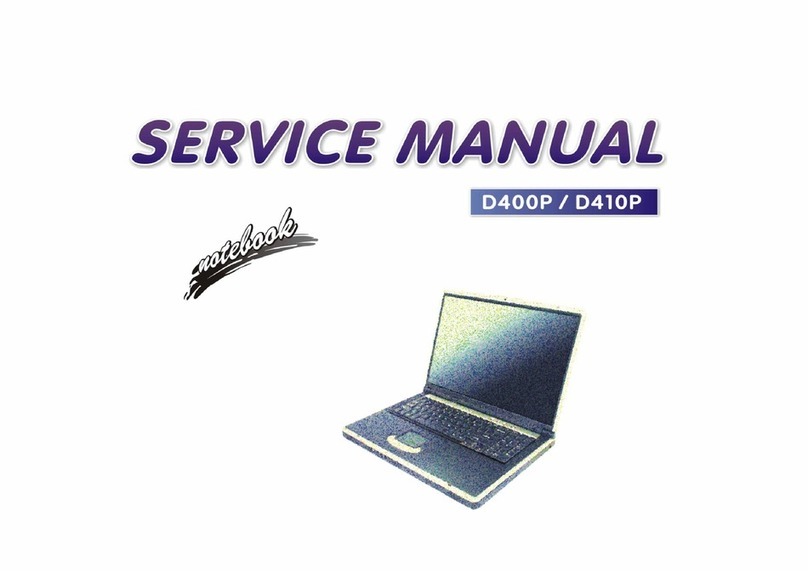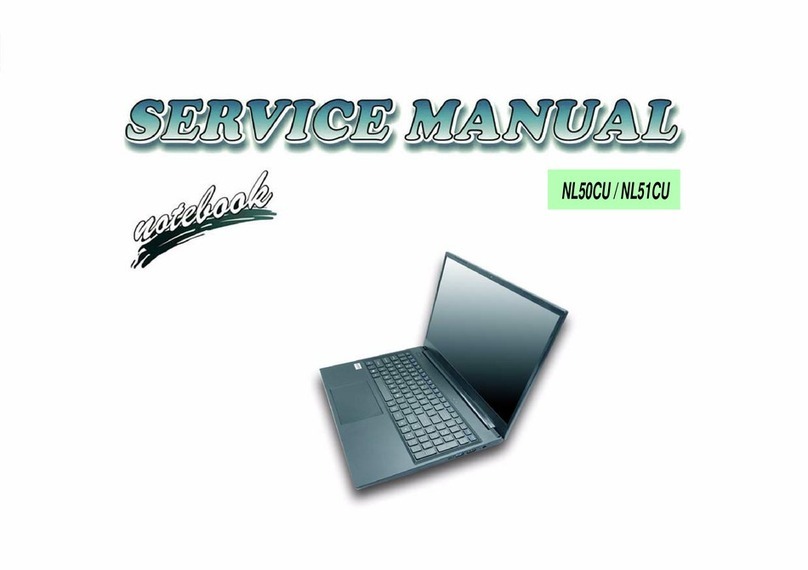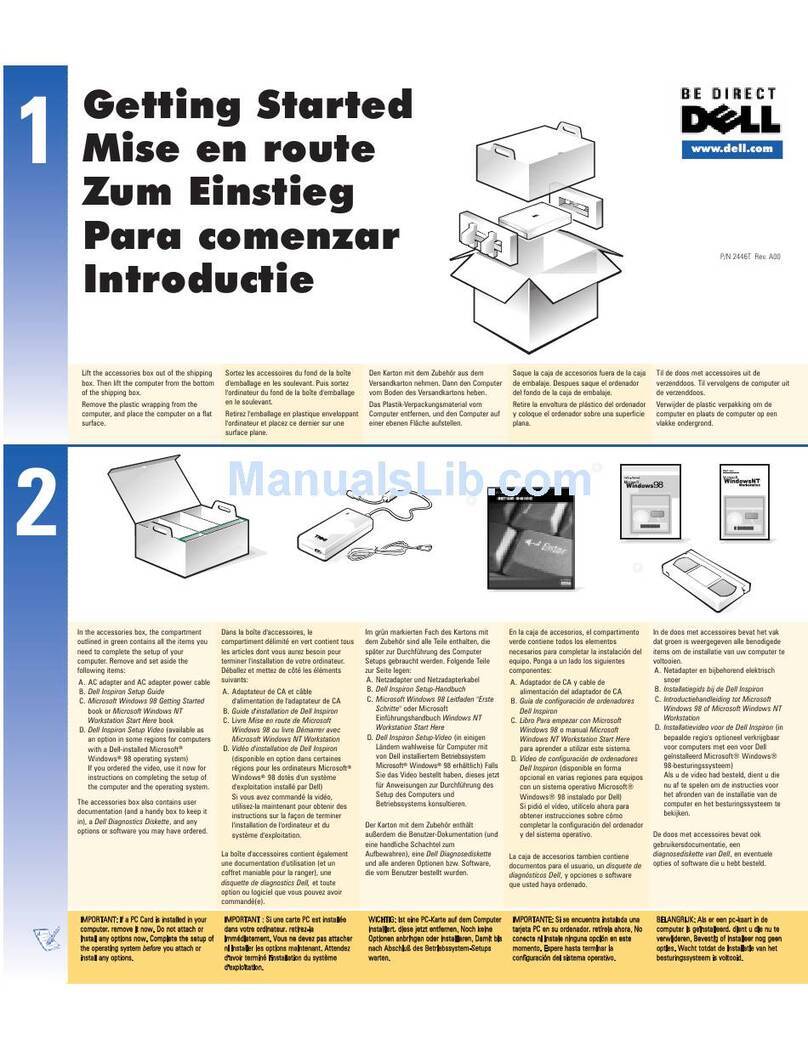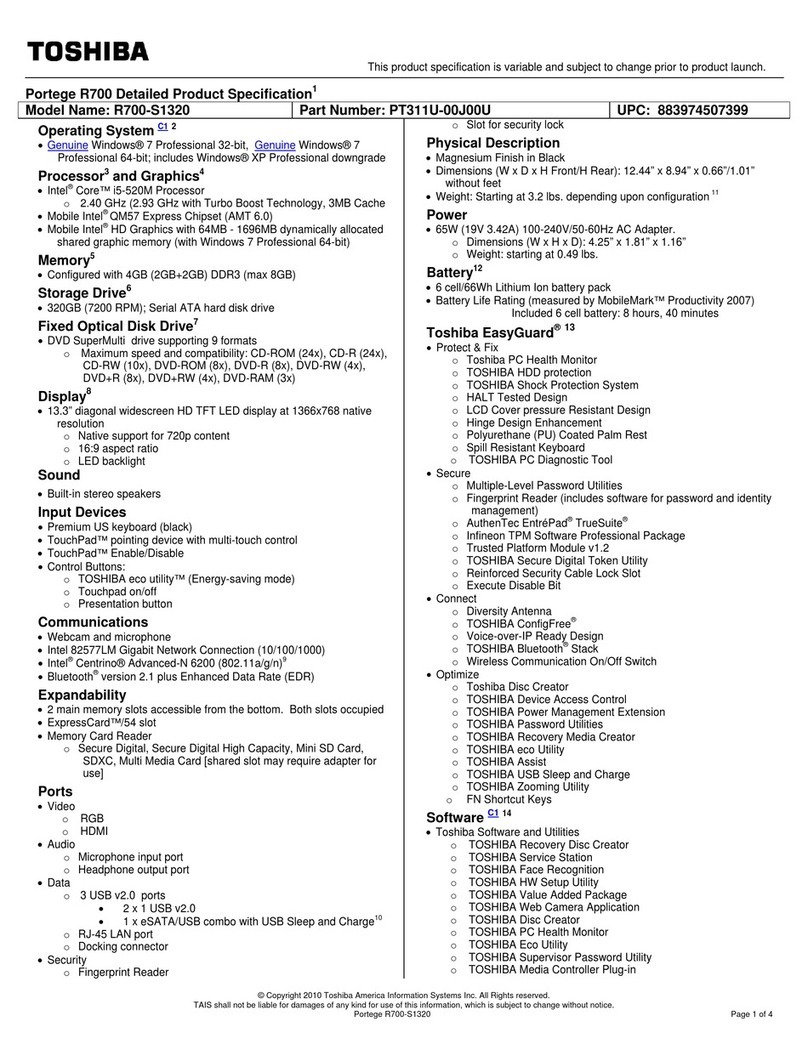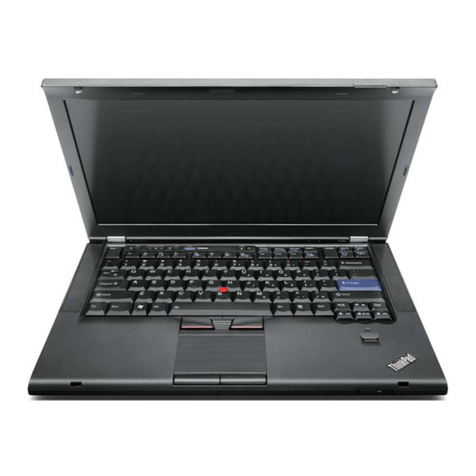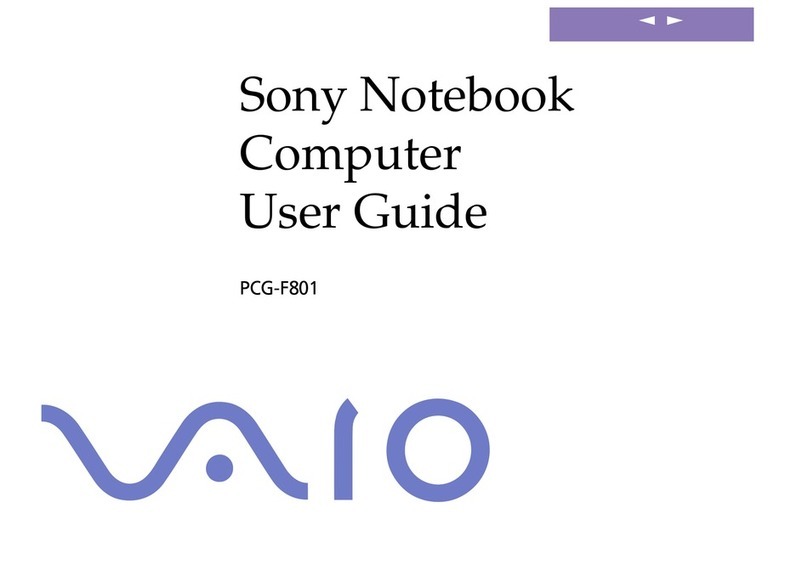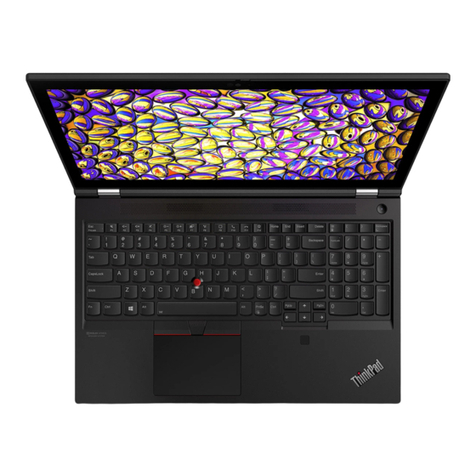
4
Defined as part of the IEEE 802.11 family of WLAN specifications, WEP security was intended to make wireless
networks as secure as wired LANs. However, with the symmetrical RC4 stream cipher2and static 64-or 128-bit
key, WEP security was insufficient for some environments.
WPA was introduced in mid 2003 as an immediately-available, software-upgradable enhancement for WEP.
WPA enhancedWEP encryption through the addition of Temporal Key Integrity Protocol (TKIP), providing per-
packet key mixing, Message Integrity Check (MIC), extended initialization vector (IV) with sequencing rules, and
a re-keying mechanism. WPA is significantly more secure than WEP3,and has received acceptance from most
enterprise IT managers.
AES is a block cipher using the Rijndael encryption algorithm on 128-bit (or 192-or 256-bit) blocks of data;
block lengths and key lengths are variable. (Block ciphers are typically more complex than stream ciphers
and thus harder to crack. The strength of AES security is validated by its adoption by the U.S. government
and military.)AES is a key component of the IEEE 802.11i specification, the most recent WLAN security
standard that was ratified in June 2004 by IEEE Task Group i (TGi)working group members. HP’s current
WLANs include AES support, and will support 802.11i and the corresponding Wi-Fi interoperability test
WPA2 through a future software upgrades.
Manageability
For large WLAN deployments, the effort required to implement and maintain WLAN security measures can
be significant. Manageability features of HP WLAN solutions include:
Restricted user rights
User rights to certain settings may be restricted to prevent modifying WLAN profiles (for example, security
keys), and in some cases from creating new profiles.
Easy distribution of encryption keys and user profiles
The management and distribution of encryption keys and user profiles can be cumbersome and potentially
insecure. Appropriate WLAN management solutions—such as 802.1x and the ability to import and export
WLAN profiles—can be used to distribute keys and profiles, minimizing the burden on IT staff.
User credential management
HP addresses the need for the security and simplified management of user credentials by allowing
Windows® Domain credentials to be re-used for LEAP authentication. Security can also be further enhanced
by the HP ProtectTools Security Manager—a single client console application that unifies security capabilities
of HP client PCs under a common architecture and single user interface. Today a range of features is being
delivered that buildson underlying hardware security building block,s such as embedded security chips
designed to the Trusted Computing Group (TCG) standard and Smart Card technology. Collectively,these
features are addressing business customer needs for better protection against unauthorized PC access, as
well as stronger protection for sensitive data stored locally or accessed over a network.
Managed product lifecycles and software upgrades
Stable product configurations over a long purchase period ease IT management by minimizing technology
transitions. WLAN driver and client software that are compatible across multiple notebooks and WLAN
adapters, and are backwards compatible with previous revisions, simplify maintenance of the WLAN installed
base.
2For more information, visit www.rsasecurity.oom
3Wi-Fi Protected Access Whitepaper, available at www.wi-fi.org

